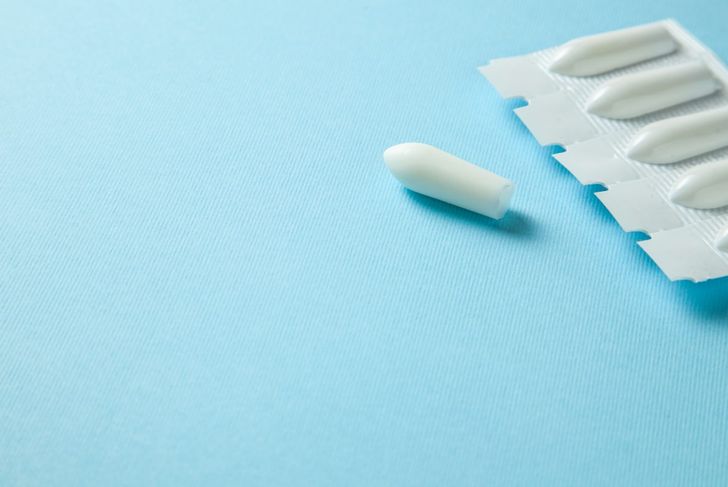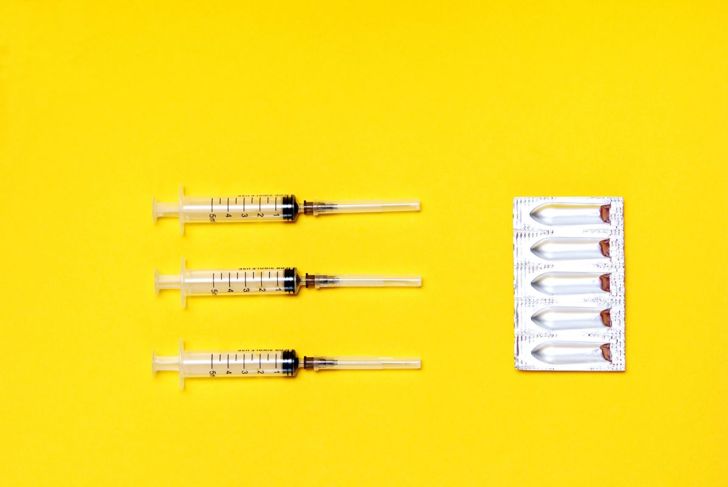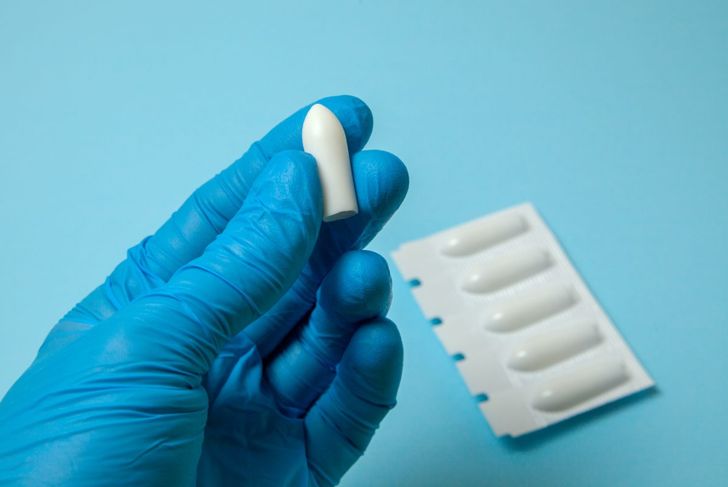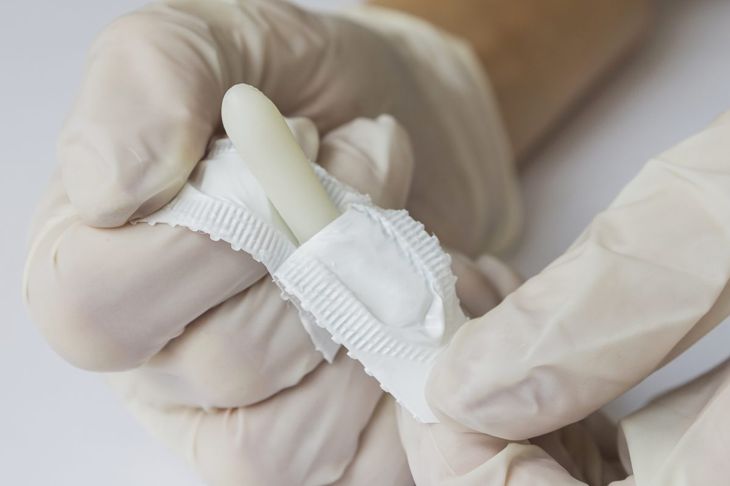Suppositories are medications administrated through body cavities rather than orally. Because they do not travel through the gastrointestinal tract, they often have a base that simply melts at body temperature, such as cocoa butter. They are available in many shapes and sizes and can have a variety of effects on the body.
Reasons to Use Suppositories
Oral medications are effective, but there are many situations where suppositories are preferable, such as if a person is
Having seizures or cannot take medication orally
Cannot swallow medication
Is vomiting and cannot keep medication down
Has a blockage preventing medications from moving through the digestive system
Some people also have difficulty taking oral medications because they dislike the taste or because their gastrointestinal tract would destroy the medication too quickly. Because suppositories bypass the liver and are immediately in a moist environment with a membrane through which they can easily pass, their effects often occur more quickly than oral medications.
Rectal Suppositories
The most common type of suppository is those administrated rectally or through the anus. Delivering medication through the rectum can achieve a local or systemic effect. Local effects typically involve soothing hemorrhoidal tissues and promoting bowel movements. Systemic effects vary wildly, depending on the condition requiring treatment. Doctors regularly use rectal suppositories to treat asthma, nausea, anxiety, and bacterial infections.
Vaginal Suppositories
Some suppositories require insertion into the vagina using a special applicator. Vaginal suppositories treat issues such as inflammation or fungal infections. Vaginal administration tends to have several advantages over the oral route. In general, there is less drug degradation. Additionally, doctors can retrieve the medication from the vagina if necessary. There is also the potential for long-term drug absorption.
Urethral Suppositories
Though much rarer than rectal and vaginal types, some medications are available as urethral suppositories. Typically, urethral suppositories vary in shape and size depending on their purpose. Female urethral suppositories are often shorter than male suppositories. Many people find this form of administration unpleasant. This, in combination with the effectiveness of oral medications, is why urethral suppositories are so rare. In the United States, only a single urethral suppository is widely available.
Disadvantages of Suppositories
While there are many situations where suppositories excel, they also have some innate disadvantages. Rectal suppositories are often inconvenient and difficult to self-administer. Vaginal administration can be difficult to predict because the area has varying permeability and pH levels. Many people find all types of suppositories uncomfortable, and the drugs often have issues with leakage.
Suppository Shapes
Suppositories are available in many shapes. Rectal suppositories often taper at one end for easier insertion. Vaginal suppositories are slightly more variable and come in globular, oviform, or cone shapes. In 1991, a study claimed that the “torpedo” shape helps the medication travel internally and improves its effectiveness. Many researchers have since challenged this study, claiming there is insufficient evidence to support its claims.
Inserting Rectal Suppositories
Before administering the suppository, try to pass stool and wash your hands with soap and warm water. Dip the tip of the suppository in water to soften the exterior. Lie on the left side of the body and pull both knees to the chest. Gently insert the suppository and hold the position for several minutes. Hold the buttocks together to ensure the medication dissolves properly.
Inserting Vaginal Suppositories
Wash both hands with warm soap and water and place the suppository in its applicator. Hold the applicator on the opposite end from the suppository. Lie facing up, keep both legs spread and bend both knees. Alternatively, stand with both feet several inches apart and bend both knees slightly. Insert the applicator into the vagina as far as is comfortable. Press the inside of the applicator or plunger to eject the suppository.
Inserting Urethral Suppositories
Urinate before inserting the suppository. Prepare the applicator as the drug’s instructions dictate. Males should stretch the penis upward to extend the length. Gently insert the applicator into the urethra. Pain or pulling sensations can indicate improper insertion. Press the button on the applicator and wait several seconds. Remove the applicator while holding the penis upward or pressing slightly on either side of the urethra.
Tips for Administering Suppositories
Suppositories can be difficult to administer, but some tips can improve the process. Never use oil-based lubricants to insert a suppository. If necessary, use water-based lubricants or just water. Some suppositories tend to leak, so use a sanitary towel or incontinence pad to avoid a mess. If the suppository is too soft, try chilling it in the refrigerator before taking out of the packaging.

 Home
Home Health
Health Diet & Nutrition
Diet & Nutrition Living Well
Living Well More
More




















